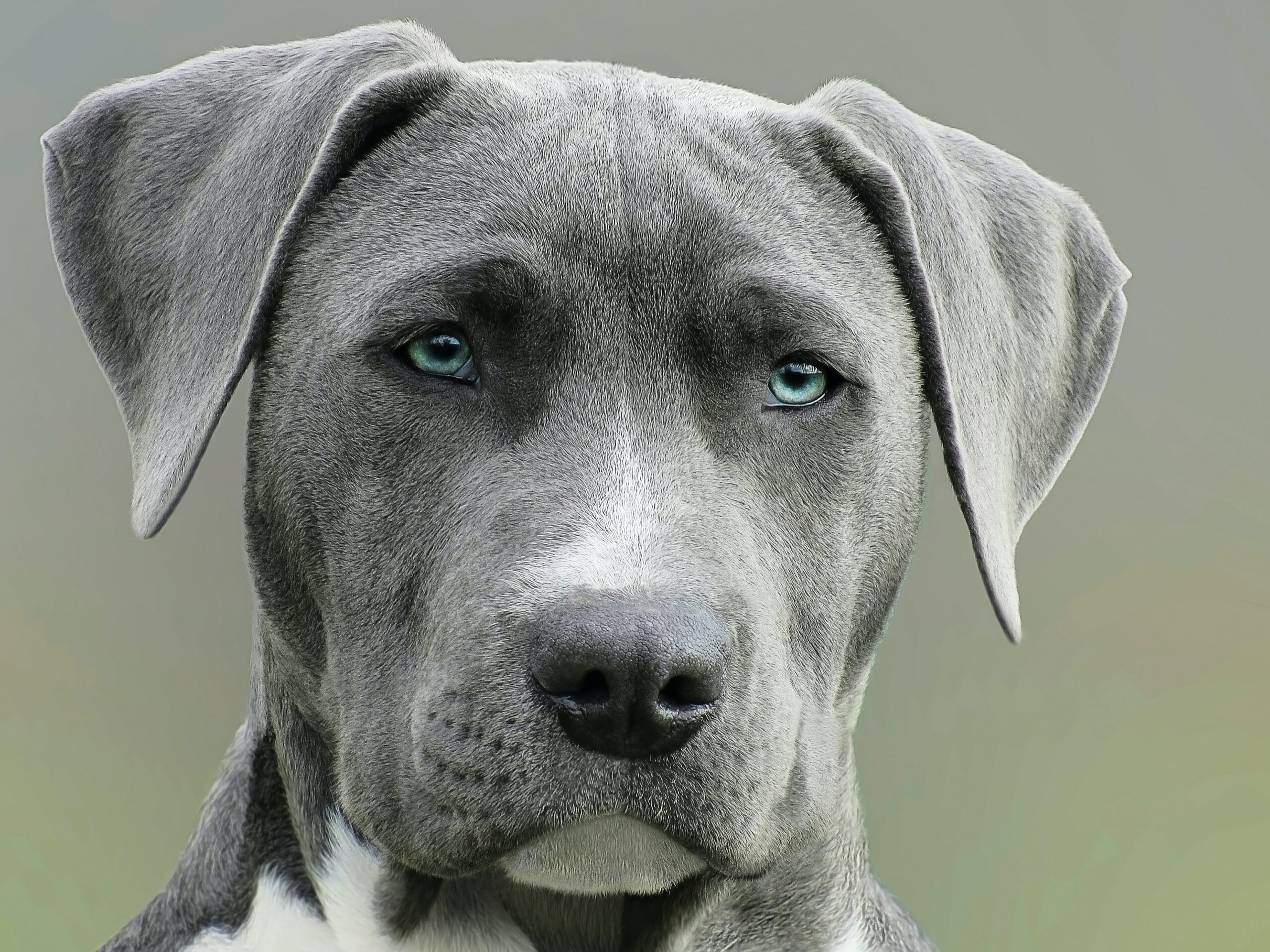By: Daniel Salcedo Rubio, Features Editor
I come from Mexico, a country where, as unbelievable as it might sound, we have nearly annual earthquakes in September, now known as “earthquake month” by the locals. I know such a thing doesn’t exist, but when three substantial earthquakes occur on the same date in different years, you begin to question logic. The 2017 earthquake was a particularly bad one, trapping many under the rubble and claiming the lives of over 350 people. Thankfully, aid organizations, the government, and even citizens mobilized quickly to support the affected regions throughout the country. Stories like this one are full of heroic people, risking their lives to aid and save those affected by catastrophes; but they are not alone. More often than not, they’re accompanied by heroes who walk on four legs and are paid in belly rubs. Yes, I’m talking about man’s best friend: dogs.
Search and rescue (SAR) dogs have been around since the 17th century, with the first historic account of formal training taking place in Switzerland. St. Bernard dogs were trained by monks to find the path back to their monastery, but these dogs also helped those lost in the snow — apparently a dog named “Barry” saved 40 people in a span of 12 years. The use of SAR dogs continued, with a total of over 30,000 dogs aiding medics to find wounded soldiers during World War I, and later specializing as “rubble search dogs” at the end of World War II, finding people under the rubble of bombed houses. Naturally, in the early ‘70s, a systemic approach to train and deploy rubble search dogs in catastrophic situations such as earthquakes was developed. Canada has adopted similar training programs; in 1995, Jim Galloway became the first RCMP coordinator for the “Civilian Search and Rescue Service Dog Program” — now called the Canadian Search Dog Association (CSDA). Ever since, organizations like the Vancouver Island Search and Disaster Dogs Association Canada and the Canadian Search and Disaster Dogs Association were formed and continue to operate. Today, these organizations are part of a larger network of over 120 SAR dog organizations spanning 39 countries, demonstrating the impact of SAR dogs in disaster response efforts.
The importance of SAR dogs was demonstrated once again during the Turkey and Syria twin earthquakes. Many countries, including El Salvador, South Korea, and Mexico, deployed SAR dogs on-site to help locate and rescue survivors. These dogs have proven their value on-site time and time again; Delta, a black labrador from the K9 Search & Rescue NI, and Ecko, a Belgian Malinois from the Mexican Navy, have been fundamental to locate and find survivors under the rubble. Their impact doesn’t end there, shown by many more success stories from SAR. Baillie, an Alberta border collie, was deployed on-site to provide aid in the southern Alberta massive flood of 2013. Jet, a labrador retriever from Halifax who “was involved in hundreds of hours of operational searches,” retired in November 2021. Mexican rescue dog Frida has helped save over 50 lives in several natural disasters and even became a beacon of hope for many locals.
Despite their incredible value and contribution to search and rescue efforts, the use of SAR dogs might also be a subject of controversy. This was highlighted by the recent tragic death of Proteo, a Mexican rescue dog who died during a rescue mission in the Turkey and Syria earthquakes. While the deployment of SAR dogs can be incredibly effective, it also comes with risks for both the dogs and their handlers, particularly in hazardous and unstable disaster zones. One can also argue that it might be best to invest resources in the development of SAR-related technologies like drones to both improve the efficacy of SAR operations and ensure the welfare of both dogs and handlers. It is important to acknowledge the potential ethical concerns surrounding the use of SAR dogs for these purposes, particularly in situations where they may be subjected to physical trauma. Due to these concerns, SAR organizations have developed guidelines and procedures for the deployment, care, and retraining of SAR dogs and their handlers. These are steps that help ensure their welfare and effectiveness in future disaster response efforts.
The bravery and dedication of SAR dogs and their handlers can’t be overstated — from St. Bernard dogs that saved lives in Switzerland over four centuries ago to Delta and Ecko saving lives in Turkey and Syria these past couple of weeks. Thank you, Frida, Baillie, Proteo, and every single dog and handler that has put their lives in danger to rescue those in need. You’ll all be remembered in history as the heroes that you are. Below you will find some of the organizations and fundraisers you can donate to that are currently supporting those affected by the Turkey and Syrian twin earthquake catastrophe:
UNHCR: Provides shelter, tents, and blankets, as well as other non-food items, hygiene, and medical items.
Red Crescent Response in Türkiye: Distributes hot meals to people outdoors and in emergency shelters and sends its’ national blood stocks to the affected regions. They are calling for monetary donations and blood donations.
Médecins Sans Frontières: A non-profit organization of medical professionals that provides medical services to people affected by natural disasters.
CDP Turkey & Syria Earthquake Recovery Fund: Provides targeted financial support where needed the most “in collaboration with local partners.”
Earthquake Solidarity Fund — BC, Canada: Raise funds to support local organizations, providing essential supplies to those affected.

